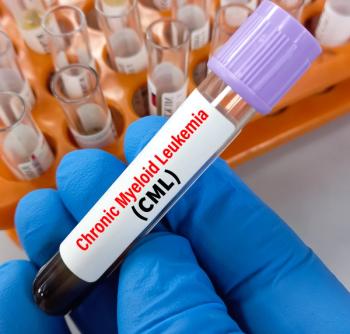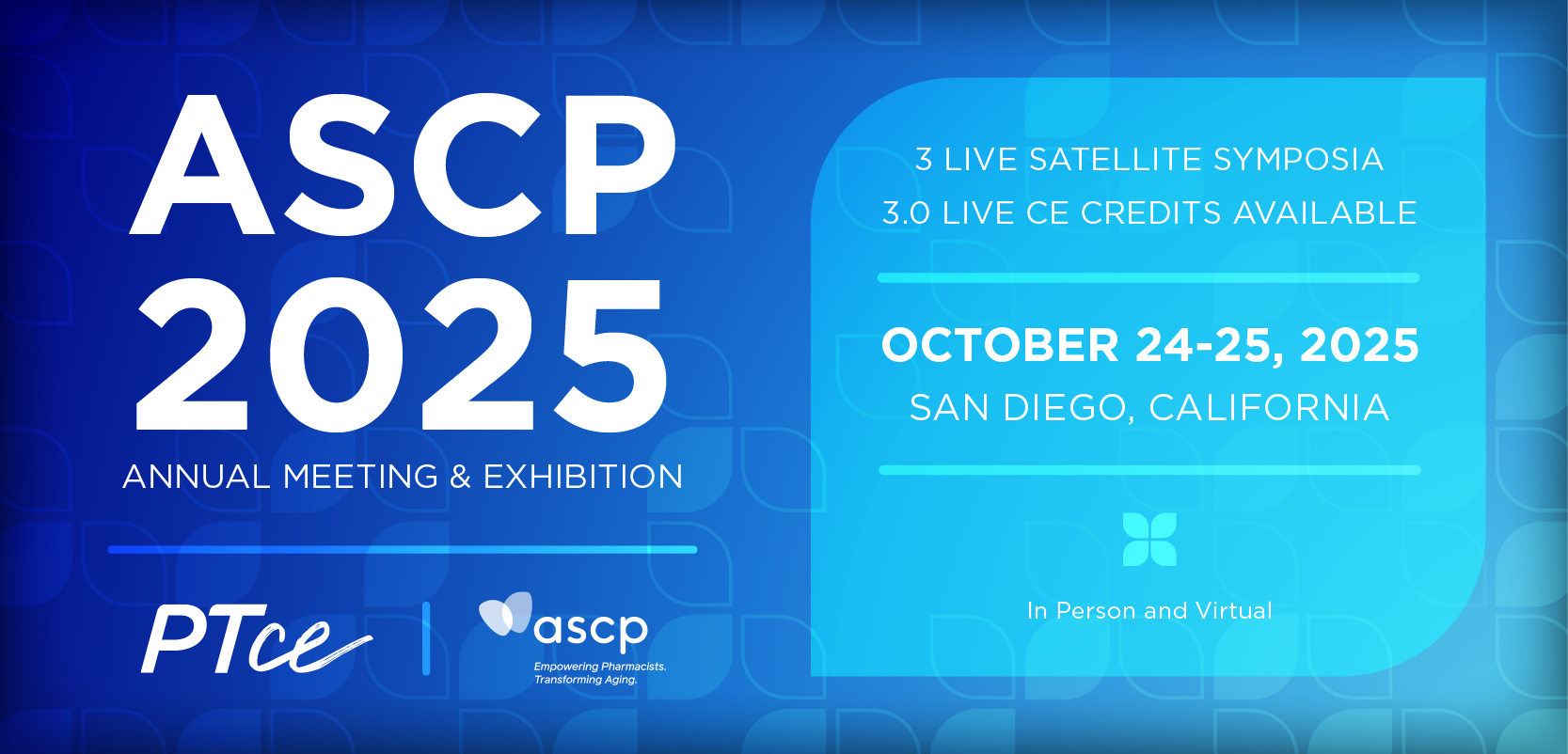
- May 2012 Skin & Eye Health
- Volume 78
- Issue 5
Hemostasis and Thrombosis Issues
The safety profile and efficacy of newer anticoagulants are examined along with a drug in the anticoagulation pipeline.
The safety profile and efficacy of newer anticoagulants are examined along with a drug in the anticoagulation pipeline.
USE OF DABIGATRAN AND OTHER DTIS MAY SIGNAL INCREASED RISK OF MI
Two new studies involving oral direct thrombin inhibitor (DTI) dabigatran (Pradaxa) and 3 studies involving an older drug, ximelagatran (Exanta), currently not available in the United States, show an increased rate of myocardial infarction (MI) in subjects receiving these drugs as compared with warfarin.
A meta-analysis of these studies was presented by Ramin Artang, MD, FACC, at the March 30, 2012, American College of Cardiology 61st Annual Scientific Sessions in Chicago, Illinois. Dr. Artang indicated that this statistically significant result may suggest a class effect, and clinicians in-volved in the care of patients with coronary artery disease may need to exercise caution when using these agents.
Although the trend for increased risk of MI has been identified, use of these drugs must be weighed with each patient. Currently, the benefits of DTIs appear to outweigh their risk. Because the use of DTIs is relatively new, further long term studies are needed to evaluate this issue.
NEWER ANTICOAGULANTS REPORTED BETTER THAN WARFARIN IN AF PATIENTS
A recent modeling analysis based on a nationwide cohort study of atrial fibrillation (AF) patients shows that all newer oral anticoagulant agents—apixaban (Eliquis), dabigatran (Pradaxa), and rivaroxaban (Xarelto)—have a greater net clinical benefit than warfarin in AF patients who are at high risk of stroke (CHA2DS2-VASc score of 2 ormore).1
In AF patients at low or intermediate risk of stroke, there may also be some subtle differences between the novel agents. In the absence of any head-to-head clinical trials, however, it cannot be stated that one drug is superior.
According to Samuel Z. Goldhaber, MD, of Brigham and Women’s Hospital, “[The researchders] have taken a unique approach toward dissecting the facts surrounding warfarin and novel anticoagulants and comparing them with no anticoagulant treatment.”2 Although this study is very important, it leaves unanswered the question of which specific agent should be used in an individual patient. As always, clinical judgment must be utilized in the real world.
UPDATE ON RIVAROXABAN AND APIXABAN
FDA approval of rivaroxaban (Xarelto) for an additional indication of reducing cardiovascular events in patients with acute coronary syndrome (ACS) in conjunction with standard antiplatelet therapy,3 and apixaban (Eliquis) for the prevention of stroke and systemic embolism in patients with AF,4 has hit numerous roadblocks over the past several months.
Both drugs are classified as oral factor Xa inhibitors and many clinicians are anxiously awaiting these approvals. Currently, rivaroxaban is approved in the United States for the prevention of stroke in AF patients and for the prevention of deep vein thrombosis prior to hip- and knee-replacement surgery. Approval for apixaban for the prevention of stroke in AF patients in the United States has not been granted. However, it was approved in the European Union last year for the prevention of venous thromboembolic events in adult patients who have undergone elective hipor knee-replacement surgery.
Rivaroxaban was granted priority review, and the FDA decided to complete its review within 6 months from the receipt of the supplemental new drug application (NDA) submission, rather than the standard 10-month review. Data from the ATLAS ACS 2-TIMI 51 study reported at the American Heart Association meeting at the end of 2011 are being used in the application for the supplemental NDA in ACS.
The FDA also indicated it would extend the action date for the NDA for apixaban for the prevention of stroke and systemic embolism in patients with AF. Apixaban was originally designated priority review for this indication when the NDA was accepted in November 2011. June 28, 2012, is the new date set for the ruling on apixaban.
Mr. Brown is professor emeritus of clinical pharmacy and a clinical pharmacist at Purdue University College of Pharmacy, Nursing, and Health Sciences, Department of Pharmacy Practice, in West Lafayette, Indiana. This column’s information is based on current studies and references, it may be changed without notice with newer studies or with different patient populations.
References
1. Banerjee A, Lane DA, Torp-Pedersen C, et al. Net clinical benefit of new oral anticoagulants (dabigatran, rivaroxaban, apixaban) versus no treatment in a ‘real world’ atrial fibrillation population: a modeling analysis based on a nationwide cohort study. Thromb Haemost. 2012;107:584-589.
2. Goldhaber SZ. What’s the “go to” anticoagulant for stroke prevention in atrial fibrillation? Thromb Haemost. 2012;107:397-398.
3. Bayer. Bayer’s Xarelto (rivaroxaban) granted priority review by US FDA to prevent secondary cardiovascular events in patients with ACS [press release]. February 28, 2012.
4. Pfizer. US Food and Drug Administration extends action date for ELIQUIS (apixaban) by three months [press release]. February 29, 2012.
Articles in this issue
over 13 years ago
Management of Cold Sores by Prescriptionover 13 years ago
Pet Peevesover 13 years ago
Case Studiesover 13 years ago
Can You Read These Rxs?over 13 years ago
Danger Lurks with Used Transdermal Patchesover 13 years ago
Intertwining MTM and Work Flowover 13 years ago
News & Trendsover 13 years ago
A Check-up Visit to the Pharmacy Can Save the Dayover 13 years ago
Health App Wrapover 13 years ago
The Pain of Shingles: Symptoms May Persist After the Rash HealsNewsletter
Stay informed on drug updates, treatment guidelines, and pharmacy practice trends—subscribe to Pharmacy Times for weekly clinical insights.






















































































































































































































